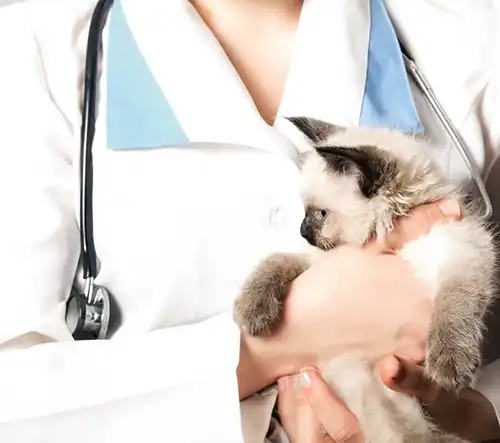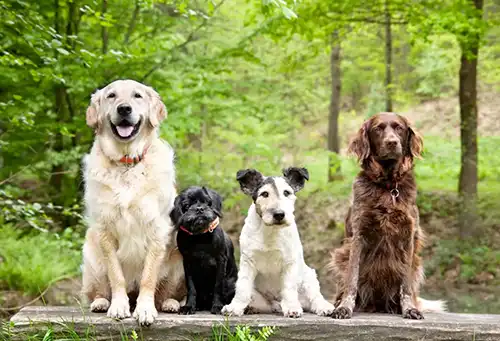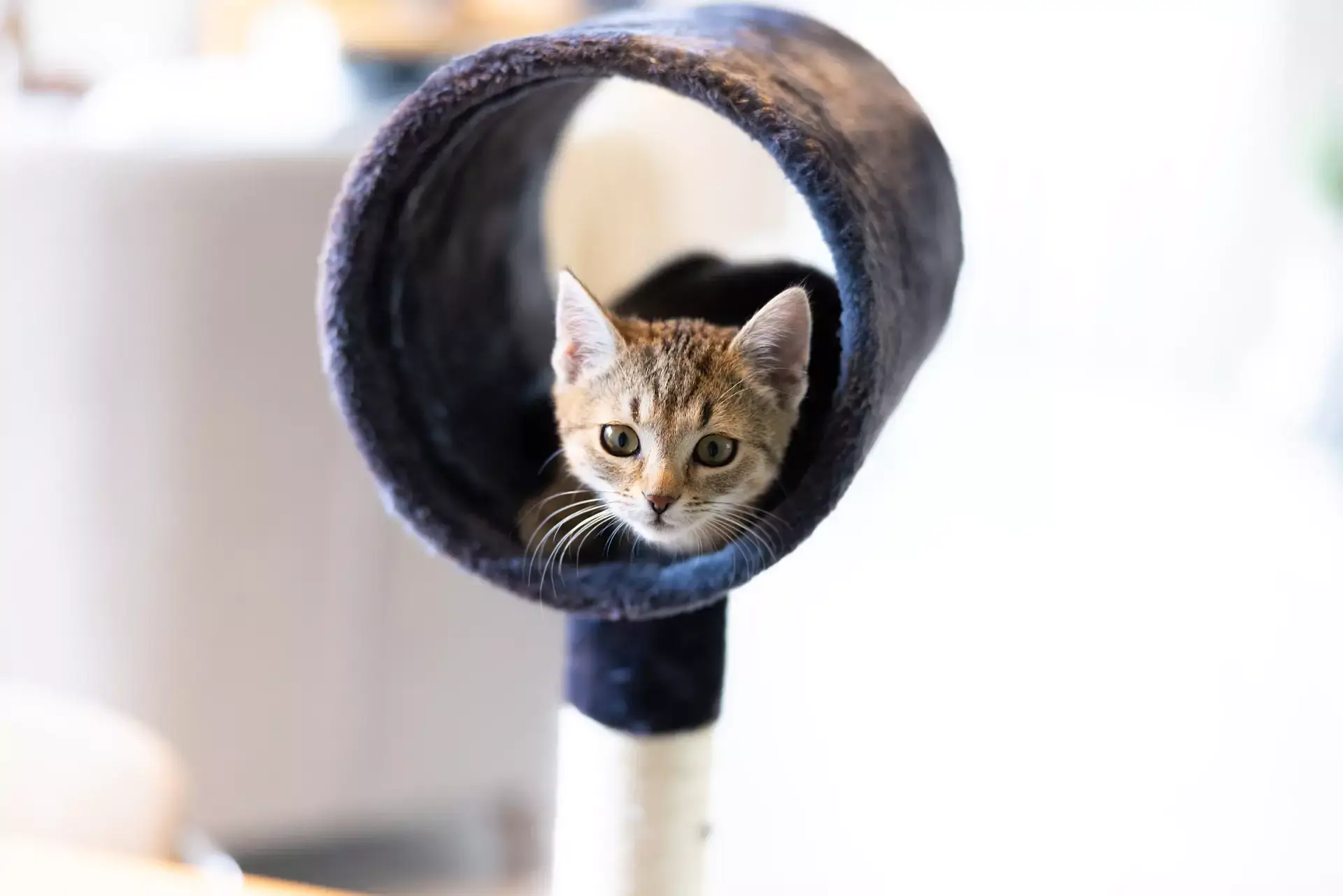Making your pet feel loved is about much more than just providing food and shelter. It’s about creating a deep, emotional bond that enhances their well-being and enriches your shared lives. To truly make your pet feel loved, it’s essential to understand their unique needs and preferences. This means engaging in regular playtime, offering consistent affection, and ensuring their physical comfort. Studies have shown that pets who receive attentive care and emotional engagement are more likely to exhibit positive behaviors and fewer signs of stress or anxiety. This article will explore practical ways to nurture your relationship with your pet, from understanding their body language to choosing activities that you both enjoy. By incorporating these methods into your daily routine, you’ll not only make your pet feel cherished but also foster a loving and lasting companionship.
Pets are amazing companions, offering comfort, friendship, endless snuggles, live entertainment, and, above all, unconditional love. We can forge very deep connections with our animal companions, but these bonds should be rooted in mutual love and trust. If you genuinely wish to show your pet how much they are valued, continue reading! A Guelph, ON veterinarian shares valuable insights on this topic below.
Chat With Your Pet
Although we may not know the exact number of words our animal companions comprehend, it might be more than you expect. Research indicates that the average pooch understands over 100 words and phrases. Some know many more!
Even if your pet doesn’t know what you’re saying, your voice will soothe them. They will also recognize that you are engaging with them.
Always use a gentle, friendly tone. Many pets enjoy the ‘baby talk’ tone, but it is not necessary. Observe your pet’s responses closely. The more you engage in conversation and bond with your furry friend, the more interactive they tend to be. Fido might tilt his head when you ask him a question, while Fluffy may begin to purr and rub her head against you as you talk to her.
Give Them Toys
It’s always delightful to witness the excitement pets display when they receive a new toy. Regardless of the number of toys Fluffy and Fido possess, they are always eager to explore something new. Don’t forget to regularly pick up new toys. If you’re working with a tight budget, which many people are these days, think about exploring DIY options. You’ll find plenty of options online. Just stick with safe choices.
Let Them Cuddle
Many pets truly love to snuggle up with their humans at night. Fluffy will even adjust her napping schedule to fit yours. She might also rouse you by pouncing on your toes, and she tends to occupy most of the bed, but that’s just to be anticipated. Sharing a bed with Fido can be a bit messier … just be consistent. Don’t let him on the bed one day and not the next.
Play with Your Pet
Simply playing with your pet can strengthen your bond and make them feel loved and secure. Plus, play benefits your pet in numerous ways. It fosters connection, and keeps your pet healthy and strong.
Remember that every pet is unique, and they each have their own preferences for playtime. One kitty might be captivated by the elusive red dot of a laser pointer, while another may prefer to bat ice cubes across the kitchen floor. Experiment with various toys and games to find out what your pet enjoys the most. Regularly consult your veterinarian to ensure that the games you choose are safe and suitable for your pet.
Give Them Attention
To make your pet feel loved, consider belly massages, ear scritches, and gentle forehead pets, all of which enhance your pet’s relaxation and convey your affection. It’s important not to force attention on Fluffy and Fido, as this can cause fear and anxiety. Nonetheless, numerous creatures require the sensation of being loved. The close contact is advantageous for both of you. Cuddling with your pet triggers the release of a hormone known as oxytocin. This is the same hormone that is released when mothers and newborns cuddle together. It enhances feelings of safety and affection.
Offer Small Comforts
Pets teach us to value the small joys in life. A comfortable bed is essential, and can significantly enhance your pet’s quality of life. Orthopedic beds are suitable for a variety of dogs, particularly older and larger breeds. Cats have a tendency to nap on just about anything. To create cozy napping spots for Fluffy, simply arrange soft, folded blankets in boxes, baskets, or on an ottoman.
Keep Them Groomed
Many animals engage in mutual grooming as a way to show love. Just brushing your pet can help them feel cherished and secure. Cats are more self-sufficient than dogs here. Fido might not be a fan of baths, but he’ll definitely feel much better with clean fur. Remember to take care of your pup’s nails and dental health!
Study Body Language
We need to depend on nonverbal cues to understand our pets’ feelings, as they are unable to communicate their emotions verbally. Invest time in understanding your pet and what their posture, expression, and behavior reveal. For example, a nervous cat might sit in a hunched position, while an apprehensive dog may wag its tail slowly.
Understanding the signs of discomfort and pain is also crucial. Some are clear, while others may be more nuanced. This is important because numerous medical issues can be addressed more effectively when they are identified and acknowledged early on. There’s no need to go overboard; simply take some time to read up on this.
Provide Stimulation
Toys provide enjoyment, but there are more heartfelt ways to make your pet feel loved. Cats are safer when kept indoors, but they love looking out the windows to watch birds and squirrels. Fido will thrive with regular walks and enjoyable activities. Leaving a light and television on for your pet when you leave them home alone can enhance their quality of life, even if it seems like a small gesture.
Visit Your Animal Clinic Regularly
Fido and Fluffy would much rather remain at home than visit their doctor. Just like humans, they need regular health care to stay happy and healthy. We do all we can to make appointments easy for our furry patients. Keep up with those veterinary appointments! At home, be vigilant for any signs of illness. If you notice anything amiss, seek immediate medical attention from your Guelph, ON veterinary clinic.
How to Make Your Pet Feel Loved Through Connection and Care
What’s the proper way to make eye contact with pets?
Making eye contact with pets should be approached with sensitivity as it can be interpreted differently across animal species. For dogs, direct eye contact is often seen as a challenge or threat, so it’s best to let a dog glance at you first and look away frequently to avoid intimidation. Cats, on the other hand, may perceive sustained eye contact as aggressive. A soft gaze and slow blinking can help convey a message of trust and affection to your cat. Always observe your pet’s response to eye contact and adjust your behavior to ensure their comfort and the strengthening of your bond.
What are the specific physiological effects of different types of physical affection?
Physical affection, such as petting, cuddling, and grooming, has notable physiological effects on pets. These actions increase oxytocin levels, often referred to as the ‘love hormone,’ which fosters feelings of trust and relaxation in both humans and animals. Consistent gentle touches can lower cortisol levels, reducing stress and anxiety in pets. Additionally, engaging in these bonding behaviors regularly can improve overall pet health by stimulating circulation and maintaining a well-groomed coat, which is particularly beneficial for skin health. It’s vital to tailor physical affection to each pet’s preferences and responses to optimize these benefits.
What role does protection play in showing love?
Protection is a fundamental aspect of expressing love to pets, encompassing both physical safety and emotional security. Ensuring a safe environment, providing regular veterinary care, and maintaining a stable routine all contribute to a pet’s sense of security. Additionally, protecting pets from potential threats, such as keeping cats indoors and safeguarding dogs during walks, demonstrates care and commitment. This protective behavior not only prevents physical harm but also builds trust and deepens the bond between pets and their owners, ultimately enhancing their overall well-being and happiness.
How can you read and interpret your dog’s expressions of love?
Interpreting a dog’s expressions of love involves observing their behavior and body language. Dogs typically show affection through physical actions like wagging their tail, leaning on their owner, or bringing toys to share. Soft eye contact accompanied by relaxed ears and a loose posture can indicate contentment and trust. Dogs may also initiate gentle physical contact such as nuzzling or licking, which are signs of affection. Recognizing these behaviors as expressions of love is crucial for strengthening the bond between you and your dog, ensuring mutual understanding and emotional connection.
How does the biochemistry of love work between humans and dogs?
The biochemistry of love between humans and dogs is primarily mediated by the hormone oxytocin, often called the ‘love hormone.’ When humans and their dogs interact through petting, playing, or cuddling, both species experience a rise in oxytocin levels, which enhances feelings of affection, trust, and bonding. This mutual hormonal response not only deepens the emotional connection but also promotes a sense of well-being and security. Additionally, these interactions can reduce stress levels, evidenced by decreased cortisol, further cementing the bond between humans and their canine companions.
Schedule an Appointment at Our Guelph, ON Veterinary Clinic
Is it time for your pet’s appointment? Feel free to reach out to us anytime at your local Guelph, ON veterinarian clinic!






!Social Media Icons